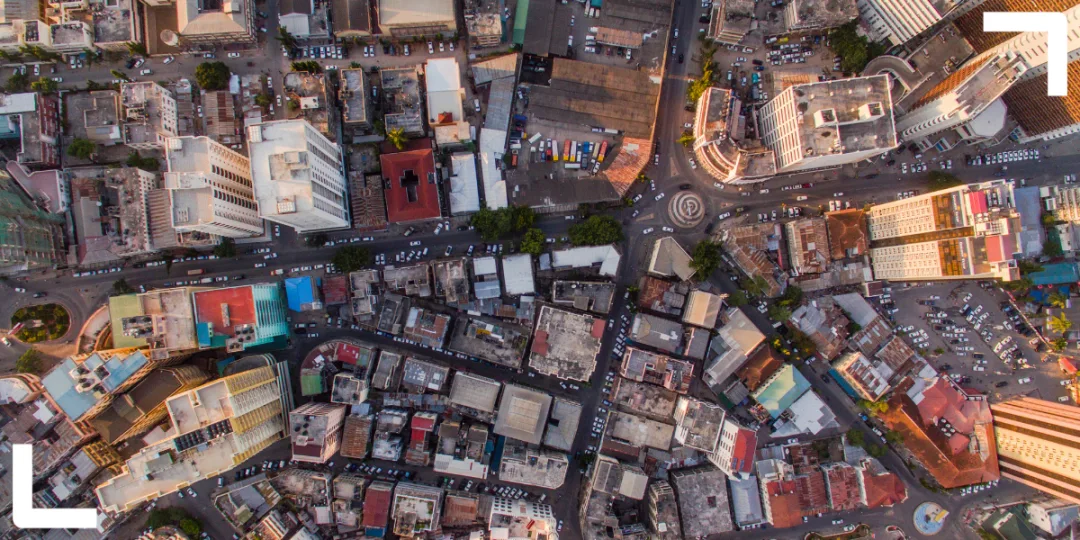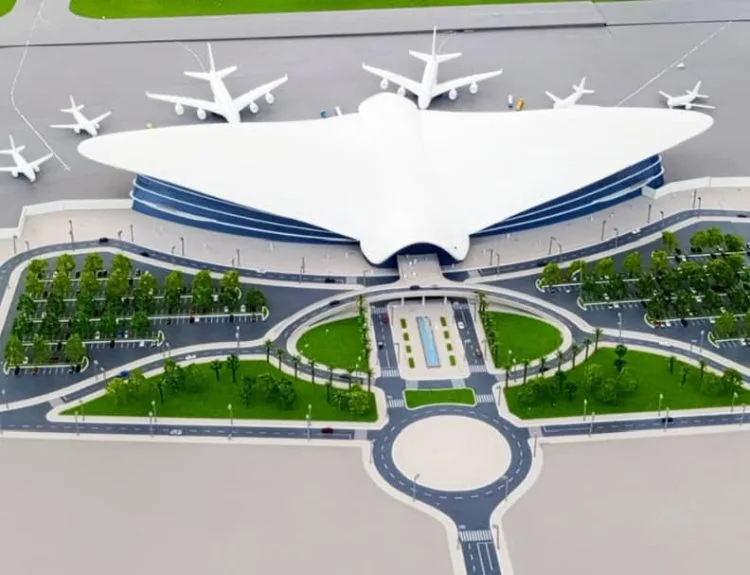A new report on mobility sheds light on the challenges linked to the continent's rampant urbanization. And in the process it illustrates the immensity of the efforts that must be made to confront them.
In "Building the sustainable cities of tomorrow", the Africa CEO Forum (ACF) and the consulting firm Okan Partners address one of the biggest puzzles facing public authorities, as well as African populations: urban mobility.
It explores several key challenges facing the continent, which will welcome 900 million new urbanites over a thirty-year period (see chart below). This represents one and a half times its current number and an increase of more than double that recorded between 1990 and 2020.
Productivity losses due to traffic jams
The staggering growth of Africa's urban population over the past three decades has already created a maelstrom of difficulties. As the ACF-Okan report points out, although on average the continent only has 42 cars per 1,000 inhabitants, compared to 176 in Latin America, it is home to some of the cities with the highest rates of urban congestion in the world. The study indicates that, in Ghana, productivity losses due to traffic jams represent up to 8% of GDP. This situation could worsen in the future, as the number of cars is likely to double or even increase tenfold in Africa between now and 2050, the report warns.
Even more problematic, only 5% of daily urban trips in Africa are made by “institutional public transport” (metros, trams, etc.), compared to 10-20% in Latin America and more than 40% in Eastern Europe.
Up to 40% of the transportation budget
All these factors explain why, in proportion to family income, urban transport in Africa costs 40% more than in the rest of the world.
Responding to current urban infrastructure needs is already an extremely difficult task. African states are already providing half of the necessary investments ($45-50 billion), but the financing gap is estimated at $30-40 billion, according to the study.
The situation will hardly improve without a massive metamorphosis of the ecosystem, while urban transport demand by 2050 is forecast at more than 6.5 trillion passenger kilometers in sub-Saharan Africa. That is, 2.5 times the demand of the European Union at that time.
To respond to the "major challenges derived from these structuring dynamics", the report proposes six recommendations, covering both the planning and financing phases, the use of new technologies and the issue of the "sustainability" of the projects, the social impact and the rational use of existing structures.
Balance of power
One key aspect could have required more sustained attention: the political economy, that is, the economic power relations between the different actors in the transport ecosystem on the continent. “The high transportation prices in Africa are due to the existing monopolies in the sector,” Shanta Devarajan, former chief economist for the African region of the World Bank, warned in October 2019.
The influence and nuisance power (strikes, blockades, etc.) of the networks of large minibus owners ("Gbaka") in Abidjan are not immune to the difficulties in reforming this sector and developing a valid public offer. And this despite the high cost that these informal transporters charge the populations. According to the report, the poorest households in Abidjan spend up to 40% of their daily budget on transportation.
The population transfers necessary for the development of transport infrastructure are both a source of additional costs and delays, but also of social tensions that are sometimes difficult to contain, when, as the report points out, half of the continent's urban population He lives in shanty towns. The difficulties in developing the sixth bridge of the Ivorian economic capital and the Abidjan metro, for example, but also those encountered in the second half of the 2010s during the creation of the Dakar TER, illustrate this challenge.
Political and economic time
Finally, the report considers that the financing of these infrastructures must be "mainly covered by public capital to guarantee the economic balance of the projects." It postulates that "land revaluation will offer the possibility of longer-term benefits for States and local communities."
But these benefits are likely to manifest long after those responsible who ordered these investments have had the opportunity to benefit from them. How to "actualize" the benefits of these investments and thus encourage public decision-makers to make them is a key point of the problem.
The "time factor" - both political and economic - is important in the calculations that determine whether these infrastructures will be built. Unfortunately, time is precisely what African cities have the least.
Source: JeuneAfrique






